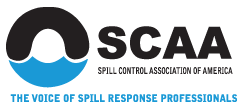Texas Boom Latest News
Differences Between Containment Boom and Silt Curtains
Differences between Containment Boom and Turbidity Curtains
To the casual observer, it may be hard to differentiate between a spill containment boom and a turbidity curtain. They do in fact look similar when deployed in the water and differences can be subtle and hidden below the surface of the water. Depending on the application, oil spill containment boom can be used as an effective silt barrier when the skirt length required is shorter due to shallow water conditions. In the image shown below, a spill containment boom has been deployed to serve as a turbidity curtain.
To help educate Texas Boom Company’s customers, we will outline many of the differences between these two types of floating barriers. Illustrations of each are provided below: Spill Containment Boom (below left) and Turbidity Curtain (below right).
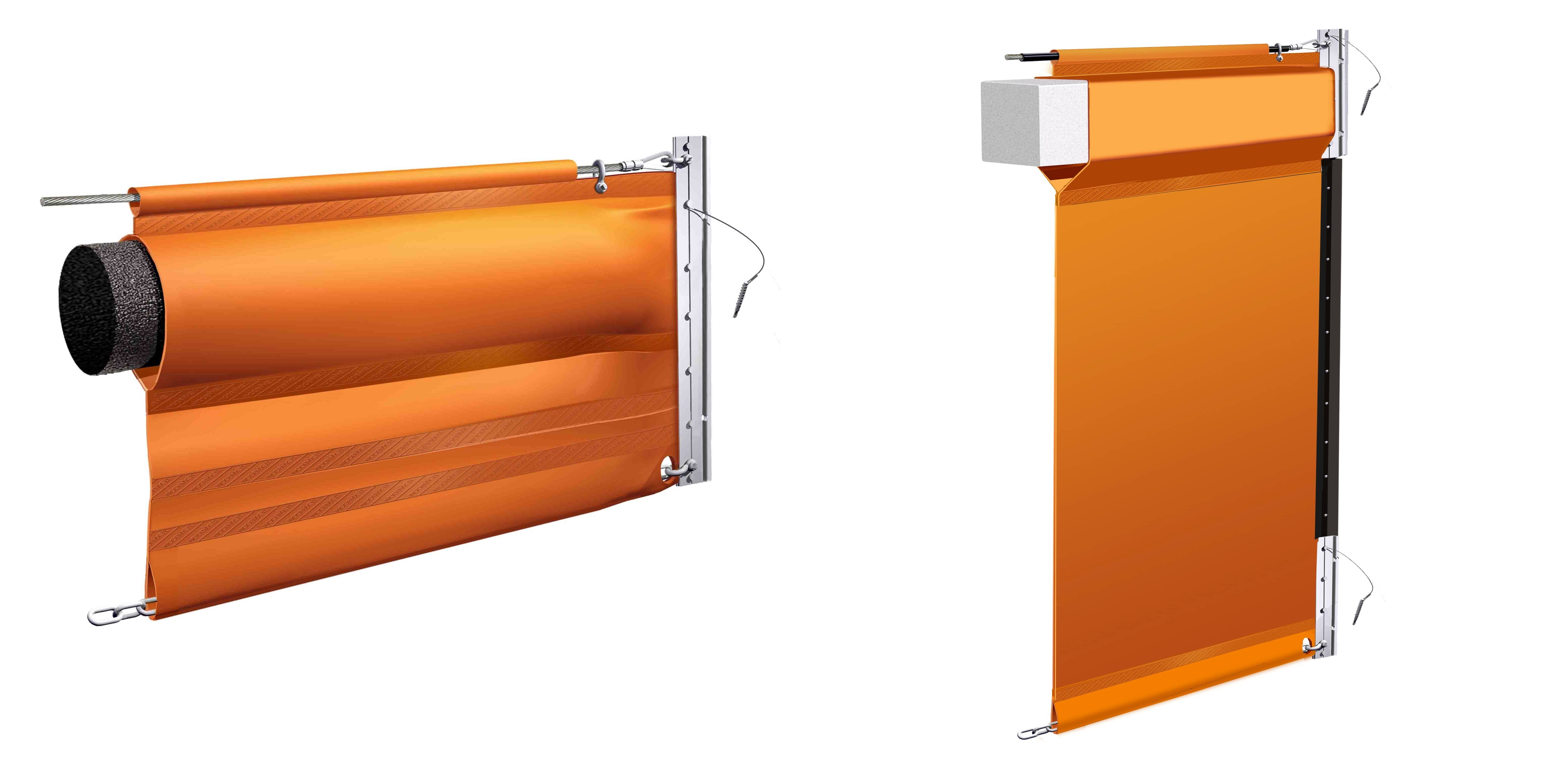
Flotation
Both turbidity curtains and containment boom feature sealed pockets that contain buoyant material to keep the top of these barriers above the surface of the water. Oil spill containment boom typically utilizes Polyethylene (PE) closed cell foam logs to serve as flotation. Turbidity curtains are usually constructed using Polystyrene (Styrofoam) logs within the floatation pockets. The closed-cell foam logs offer better durability and flexibility, while the Styrofoam logs offer a lower-cost alternative and are lighter.
Keep in mind that inflatable air-filled flotation chambers can be used on either oil spill containment boom or turbidity curtains as well.
End Connectors
Typical oil spill containment boom features aluminum connectors at each end, providing a rigid interlocking means to connect section of boom together end to end. These extruded aluminum “Z” connectors are made to ASTM standards so that the oil spill containment boom from any manufacturer is compatible with one another. These connector plates run the full height of the spill containment boom.
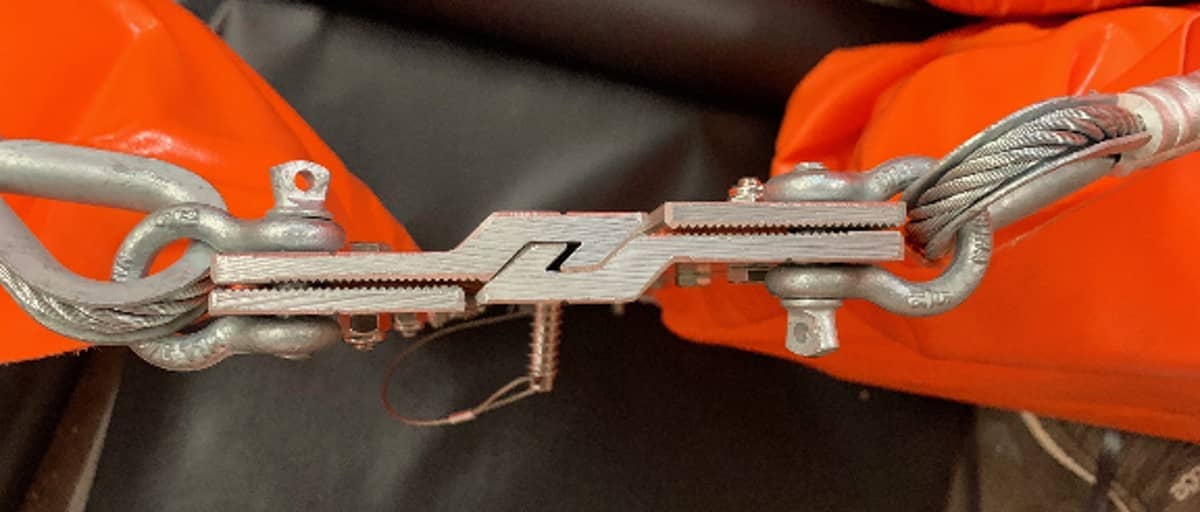
Turbidity curtains are not as standardized, and the means of connection between sections can vary, depending on the type of silt barrier specified. Some turbidity curtains feature reinforced grommets along the end seam, allowing grommets from each section to be aligned and fastened using nuts and bolts, zip ties, or rope. These grommets only curtains (see images below) typically don’t feature tension cables at the top. Other designs of silt barriers offer connector plates at the top and bottom with grommets provided in between along the side seam. Most turbidity curtains feature ballast chains, and they are usually connected end to end via a shackle or connector plate.
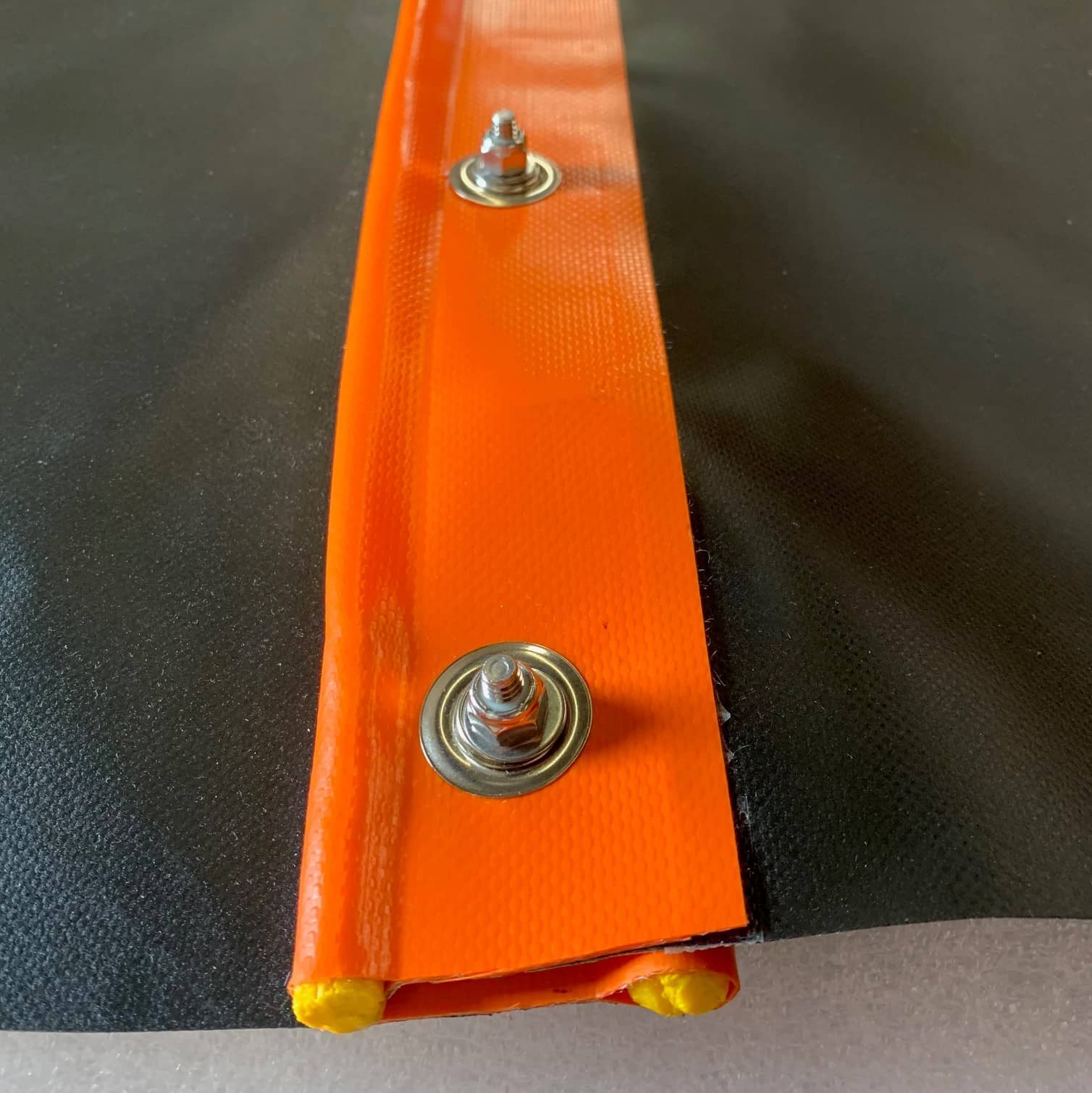
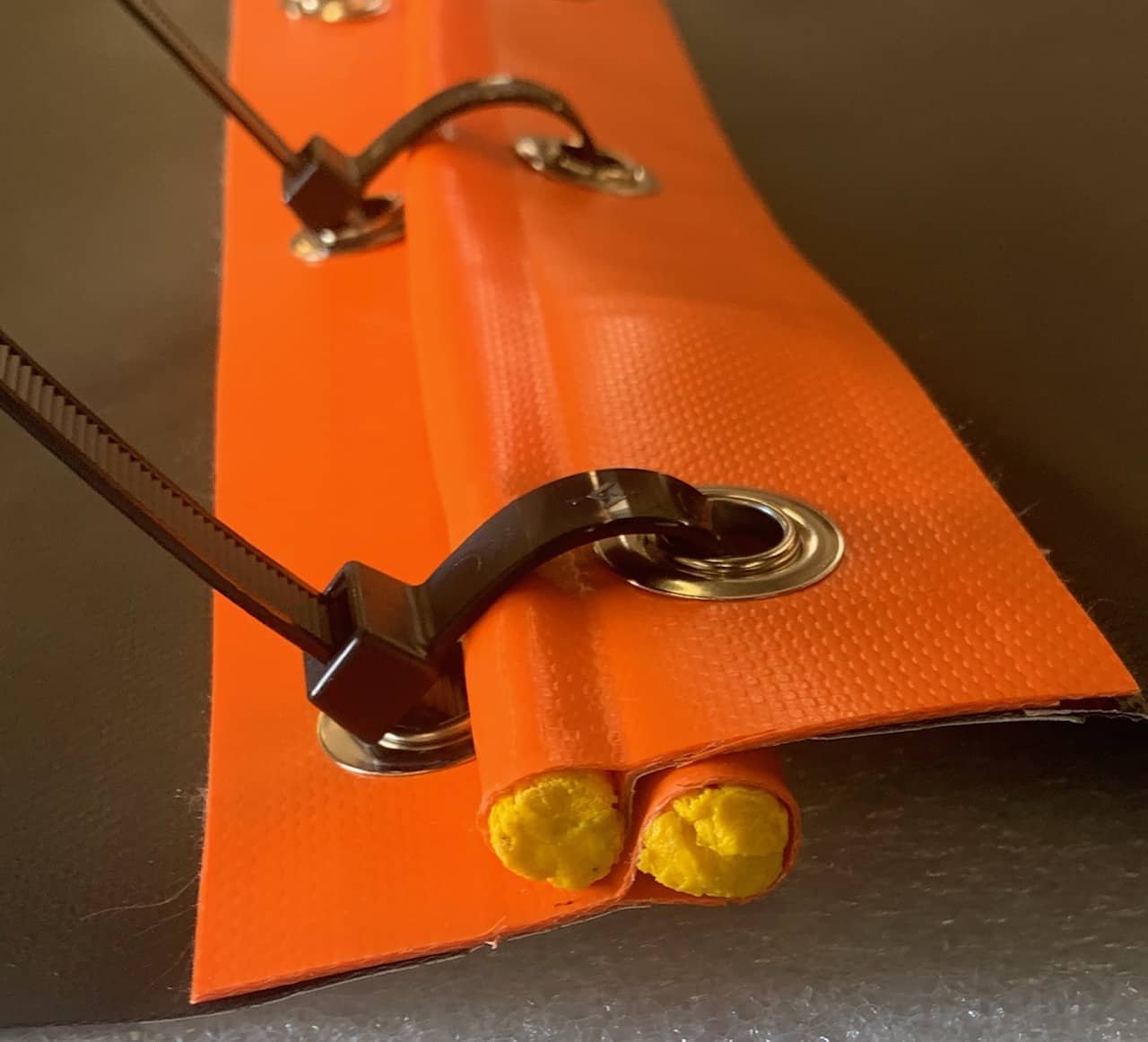
Fabrics
In general, oil spill containment boom will feature a heavier PVC or Urethane coated fabric. However, depending on the specifications and expected deployment conditions, turbidity curtains can be specified with heavier duty fabric as well. The material type used for the flotation pockets and ballast chain pockets are often similar type fabrics across these types of products. While the skirt on the oil containment boom is usually the same fabric used for the headers and is impermeable, the fabric used for silt curtain skirts can vary. Some silt curtains may call for a permeable skirt that allows water to pass through while still impeding the suspended sediment, which requires the use of a geotextile fabric or a PVC coated mesh fabric.
Height
Boom sizes are typically referred to by the total height (freeboard plus draft), whereas turbidity curtains are designated by what type they are (Type I, Type II, or Type III) and the height of the skirt. Oil Spill containment boom height rarely exceeds 48 inches, with most offering less than 36 in height unless it is being deployed in offshore applications with significant wind and wave exposure. Turbidity curtains, on the other hand, can be constructed with heights of up to 60 feet. Containment boom can be effective at the surface because hydrocarbons tend to float in water. Turbidity curtains need to provide a barrier from the water's surface to within a foot of the floor as sediment can be suspended throughout the water.
Tension Cables
Both spill containment boom and turbidity curtains are constructed with and without tension cables, depending on the application. These high strength cables offer tension strength to reinforce either type of product. The use of tension cables on turbidity curtains does typically dictate the use of aluminum “Z” connectors to provide a durable connection point.
Summary
Both turbidity curtains and oil spill containment boom are designed to be a floating barrier. Each offers specific design features that target a particular requirement. The Texas Boom Company team is happy to consult with you on your project to ensure you are getting the right product for your project. Feel free to call (844) 444-8144 to speak with one of our knowledgeable experts.
When you subscribe to the blog, we will send you an e-mail when there are new updates on the site so you wouldn't miss them.


